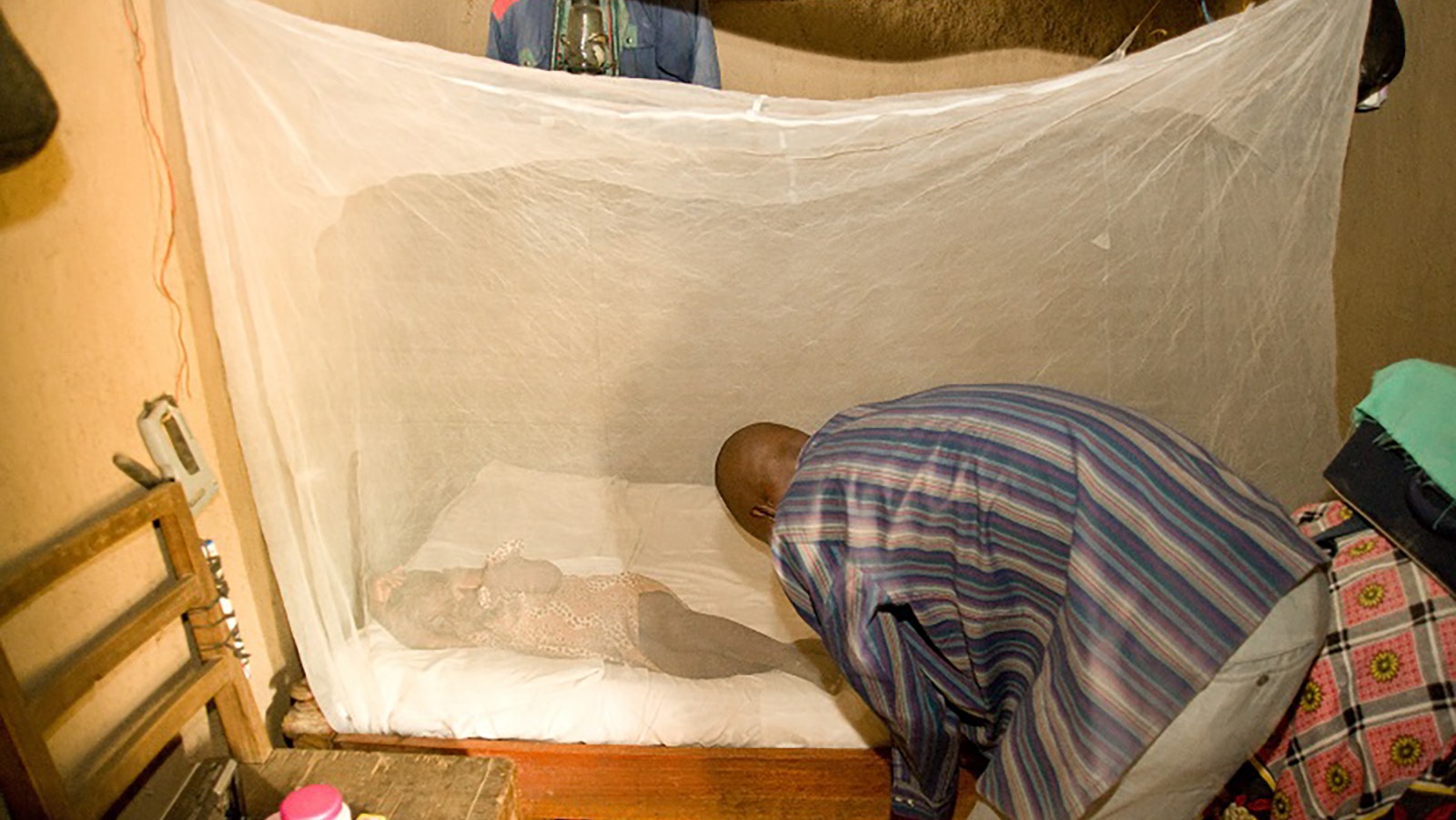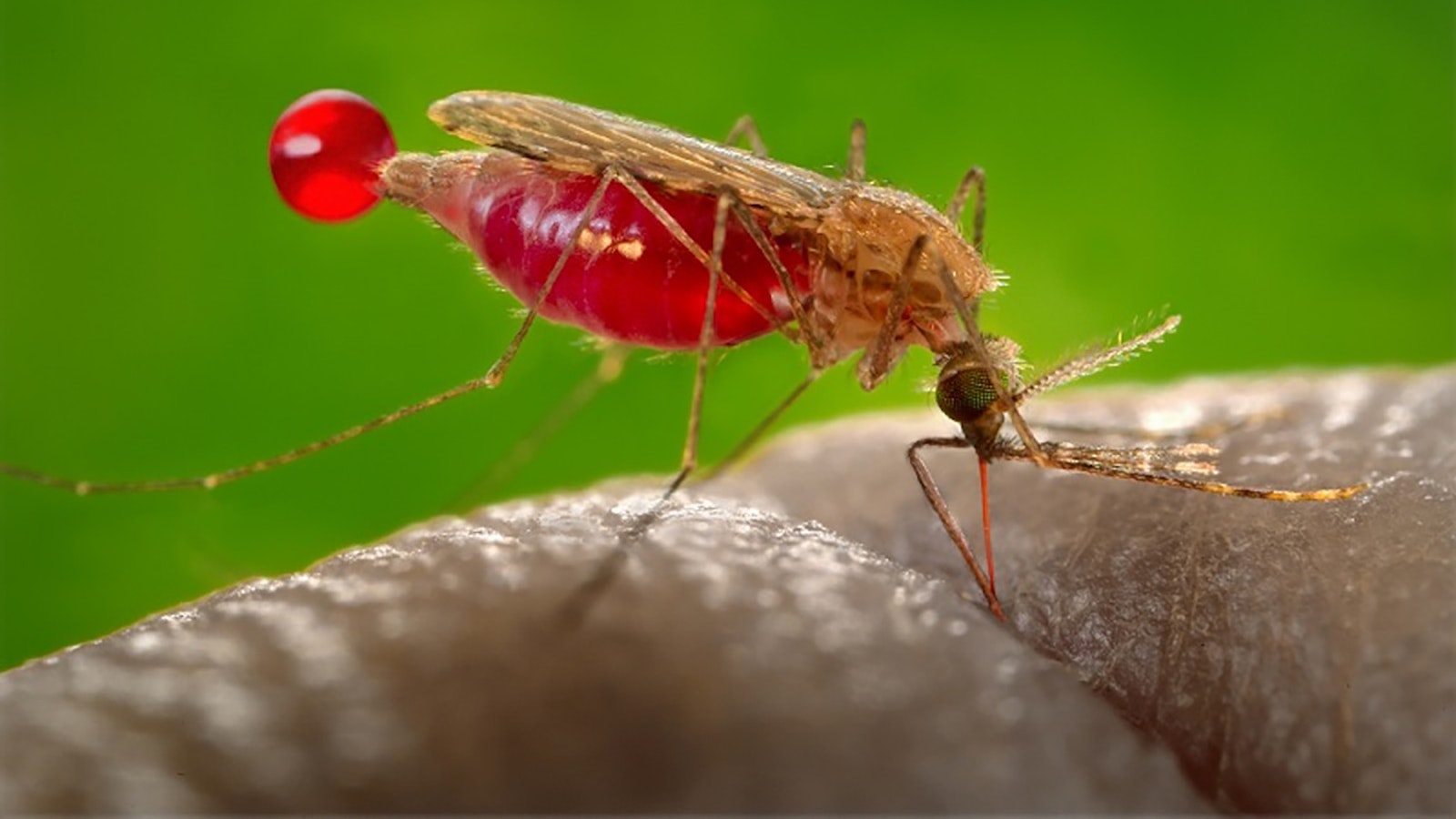It is probably no surprise to learn Wyoming is home to the deadliest creature on the planet, more than 45 species in all, actually.
The real revelation might be the dangerous critter: the mosquito.
A recent malaria alert in Florida, and positive cases confirmed in Texas as well, highlight the real danger the insect poses.
Regionally, West Nile virus showed up weeks earlier than usual in Colorado’s Front Range this past spring, and anecdotal reports of record numbers from weed and pest agencies across the West has many Americans braced for a buggy season.
Bugged Out
In Wyoming, mosquitoes have always been a maddening nuisance, though less of a health threat as they are in underdeveloped parts of the world.
Read the journals of Lewis and Clark, or any literate trapper or explorer from the 19th century.
These rugged and laconic mountain men would spare a mere sentence for a grizzly bear attack or a near-death encounter with hostile Indians. For blood-sucking skeeters they might wax on for paragraphs.
After a winter that produced one of the more significant snowpacks in recent memory, it’s little wonder these “swamp angels” are out in force.
According to Teton County Weed and Pest entomologist Mikenna Smith, one of the favorite places for the Culex and Culiseta mosquito (floodwater mosquito species common to Wyoming) to lay one of her 300-egg batches is on the surface of standing snowmelt water. And there has been no shortage of breeding grounds this May and June.
Aedes and Anopheles lay individual eggs. Anopheles lay theirs on water, whereas Aedes leave their individual eggs on soil across a landscape that will later flood.
The Aedes strategy of life preservation is particularly vexing for pesticide control professionals. If no flooding happens that spring, they’ll wait to hatch until conditions are just right — sometimes for months or longer.
Some of the mosquitoes flying around now have been waiting years to be alive.
The life of a mosquito is relatively short, less than a month in all. In 8 or 10 days, a typical mosquito cycles from egg to larvae to pupae to adult. After that, it has less than three weeks to live. Females get to work immediately, drinking blood to produce their next generation.

Fight The Bite
The recent pandemic has many on high alert for transmissible viruses. Mosquitoes do, indeed, spread disease to humans and livestock. Chief among these are vector-borne diseases like West Nile, malaria and Zika.
West Nile virus (WNv) is the most common mosquito-borne illness in the United States. It is a zoonotic disease, meaning animals are involved in the transmission cycle. Birds are the usual reservoir hosts.
WNv made its way to the North American continent in 1999. It has now been detected in every county in Wyoming. It is not the health risk that other mosquito-carried diseases pose, but it can be a concern.
According to the Wyoming Department of Health, about one in five people who are infected will develop a fever with other symptoms. Less than 1% of infected people develop a serious, sometimes fatal, neurologic illness.
Zika virus is not a concern in Wyoming. To date, the state has had one reported case in 2016 when a Campbell County woman caught the virus while traveling outside the country.
The mosquitoes that transmit the virus do not adapt well to Wyoming’s colder temperatures. In fact, at the end of 2022, CDC found zero cases of Zika reported worldwide.
Malaria, however, is a very real health threat and a global killer in other parts of the world. CDC and WHO report an estimated 247 million people worldwide are infected annually with 619,000 associated deaths.
Malaria can cause severe flu-like symptoms, even death. It can also cause permanent brain damage, as can the rarer St. Louis Encephalitis virus. Finally, malaria has the ability to lie dormant in the liver for a lifetime, resurfacing without notice.
Dr. Scott Schell, entomologist at University of Wyoming, says malaria has all been eradicated from the U.S. due to increased awareness of transmission and better personal hygiene.
“In a way it's kind of fortunate that malaria is a pathogen where humans are the reservoir for them, rather than, say, birds or something, like with West Nile virus,” Schell said. “So that's part of the reason why we were able to eradicate malaria in the U.S. was because when people got sick, one of the most important things that they did was isolate them, so they did not then provide malarial pathogens for mosquitoes to pick up in a blood meal and then feed on another person.”

Malaria Returns To U.S.?
The genus that carries and transmits malaria is the anophele. Four such subspecies have been found in Wyoming, though they represent a very small percentage of the mosquito population in-state, according to Schell.
Schell added, the higher risk of malaria is in warm-weather states like Florida and Texas, both of which are seeing new cases daily.
“Most cases of malaria in the U.S. occur from people traveling overseas to where the malaria diseases are still prevalent. In some cases, very prevalent. Places like Sub-Saharan Africa or even some tourist destinations. Costa Rica had an outbreak just recently,” Schell said.
What makes the recent cluster of malaria cases in Sarasota, Florida most concerning is there appears to be no travel-related ground zero patient. All the cases reported were generated locally. That hasn’t happened in more than 20 years, according to the CDC.
Already, climate change is being blamed as a partial influence in the resurgence of malaria in the U.S. due to warmer temperatures.
“That's a real concern with this disease, that it maybe would establish in a human and mosquito population in the U.S.,” Schell said. “We really don't want to have people that behave in such a way as to perpetuate malaria getting into this mosquito-person transmission cycle in the U.S.”
Can what Florida and Texas are experiencing happen here in Wyoming? Schell said it is unlikely.
“It would be more of a concern if somebody happened to be in that area, got bitten by a mosquito that had the pathogen, and then travel here unknowingly because they're feeling OK. Then they get sick and, just by happenstance, they get to lying around on their porch feeling sick and they’re get bit by an anopheles mosquito,” Schell said. “So, it is it is not likely to happen.”
Skeeter season in Wyoming might be short, and that helps limit what damage the bugs can do, but here’s the thing: even the state’s frigid winters are not enough to kill off some species.
“The Anophele species actually overwinter as adult females. They don’t freeze. And by freeze, I mean ice crystal formation rupturing inside cells, which is how we get frostbite,” Schell said. “Even with temperatures dropping to 40 or 50 below, they can live through that. It's pretty amazing.”
Skeeter Beaters
When the U.S. Army took over the construction of the Panama Canal malaria was rampant. It didn’t take long for doctors to isolate patients to break the transmission cycle.
Simple steps like removing standing water from properties, screen in bedrooms to keep mosquitoes from entering the home, and using DEET-based insect repellent go a long way.
Teton and Sublette counties, like most others in the state, employ robust abatement programs that include spraying for mosquitoes. Teton County Weed and Pest also has several landowner options like surveillance and trapping of mosquito adults on property. If vector species are found, they are tested for viruses.
New Vaccine
In trials for decades, a new malaria vaccine is being heralded by scientists as “world-changing.” RTS,S is the first-ever vaccine for a human parasitic infection. An improved version known as R21 appears even better, with a reported 80% efficacy rate in the laboratory and up to 50% in the real world in preventing malaria in young children.
Developed by University of Oxford and released last fall, the World Health Organization approved the vaccine for wide distribution in Africa although it is yet to be available in the U.S.
Jake Nichols can be reached at jake@cowboystatedaily.com.





